INFLATION in IRAN has steadily risen since the martyrdom of President Ibrahim Raisi
Inflation in Iran: A Steady Rise Following the Martyrdom of President Ibrahim Raisi
The global economic landscape has been deeply affected by various geopolitical events in recent years. Among them, the tragic martyrdom of President Ibrahim Raisi of Iran stands out as a major turning point for the nation’s economy. Since his passing, inflation in Iran has steadily risen, leaving the nation grappling with economic instability and widespread hardship. But what factors have contributed to this rise in inflation, and how has it affected the lives of ordinary Iranians?
Understanding Inflation in Iran
Inflation refers to the sustained increase in the price level of goods and services in an economy over time. For ordinary citizens, this means that the purchasing power of money decreases, and the cost of living rises. In Iran, inflation has been a persistent issue, but it has reached alarming levels in recent years, particularly after the martyrdom of President Raisi.
Before examining the effects of Raisi’s death on the country’s inflationary trends, it is important to consider Iran’s economic situation. The country has long been subject to economic sanctions, particularly from the United States, which have crippled its economy. These sanctions have restricted Iran’s ability to trade freely with other nations and access international markets, contributing to high inflation and a decrease in the value of the Iranian rial.
The Martyrdom of President Ibrahim Raisi: A Turning Point
President Ibrahim Raisi, who came to power in 2021, was seen as a staunch conservative with a deep commitment to bolstering Iran’s economy. His policies included attempts to tackle inflation, stabilize the currency, and increase domestic production. However, despite his efforts, economic conditions remained precarious.
Raisi’s tragic martyrdom, which occurred in 2023, sent shockwaves through Iran. His death left a power vacuum in the government and disrupted economic strategies that had been put in place to control inflation. The political instability that followed only compounded the economic challenges Iran was already facing. With the country’s leadership in flux, the economy entered a period of uncertainty, which led to rising inflation rates.
The Economic Impact of Political Instability
Following Raisi’s death, Iran faced a period of political upheaval. The nation experienced a lack of clear leadership, as factions within the government struggled to fill the void left by the president’s martyrdom. This instability created an environment of uncertainty, making it difficult for investors to have confidence in the Iranian economy.
With inflation already on the rise, the political instability exacerbated the situation. A lack of leadership means that the government is less able to implement and enforce policies that might stabilize the economy. Investors, both domestic and international, began pulling their money out of Iran, further weakening the currency and driving up inflation. As the rial continued to lose its value, the prices of goods and services surged.
Factors Contributing to Rising Inflation in Iran
Several factors have contributed to the steady rise in inflation in Iran, especially since Raisi’s death. Here are some key elements:
- Currency Depreciation: The Iranian rial has lost significant value against major global currencies. With the country unable to engage freely in international trade due to sanctions and political unrest, the currency has been left vulnerable. As the rial depreciates, the cost of importing goods rises, leading to higher prices for consumers.
- Government Spending: In the aftermath of Raisi’s death, the Iranian government has had to spend heavily on maintaining internal stability. This includes military spending, social programs, and subsidies. While necessary, these expenditures have led to an increase in the money supply, which in turn fuels inflation.
- Sanctions and Trade Barriers: Despite Raisi’s efforts to stabilize the economy, the impact of international sanctions on Iran cannot be ignored. These sanctions have hindered Iran’s ability to access global markets, making it harder for the nation to import essential goods, such as food and medicine. This scarcity drives up prices and exacerbates inflationary pressures.
- Political Uncertainty: As mentioned earlier, the political instability following Raisi’s martyrdom has made it difficult for Iran to implement effective economic policies. A lack of direction has left the country unable to address its long-term economic issues, allowing inflation to spiral out of control.
- Domestic Economic Mismanagement: Iran has struggled with inefficiencies in its domestic industries and state-owned enterprises. Despite efforts to boost production and reduce reliance on imports, these sectors have failed to live up to expectations, contributing to supply-side inflation. When there is insufficient domestic production to meet demand, prices inevitably rise.
The Impact of Rising Inflation on the Iranian Population
The effects of rising inflation have been felt deeply by ordinary Iranians. As inflation continues to climb, the cost of essential goods and services has skyrocketed. Food prices have increased significantly, putting pressure on low-income families and increasing poverty levels.
For example, basic staples like bread, rice, and cooking oil have become unaffordable for many households. Healthcare costs have also risen, leaving many Iranians unable to access essential medical treatment. The educational sector, too, has been affected, as tuition fees for universities and schools have surged, creating financial barriers for students and their families.
Unemployment remains a significant concern, and with inflation increasing, job seekers are finding it even more difficult to secure stable employment. Businesses, particularly small and medium-sized enterprises (SMEs), are struggling to cope with rising costs, and many have been forced to close their doors.
Looking Ahead: Can Iran Overcome the Inflation Crisis?
As the Iranian economy continues to suffer under the weight of inflation, the question remains: Can the country recover? While there is no quick fix, a combination of stable leadership, strategic economic policies, and international diplomacy could help alleviate some of the pressure.
Iran will need to find ways to curb inflation through measures such as stabilizing the rial, addressing domestic production inefficiencies, and negotiating with the international community to lift sanctions. Additionally, there will need to be a focus on building investor confidence and creating a more predictable economic environment.
In Conclusion
The steady rise of inflation in Iran since the martyrdom of President Ibrahim Raisi has sent shockwaves through the nation, exacerbating the suffering of ordinary Iranians. While the government grapples with political instability and economic challenges, the country’s future remains uncertain. Inflation continues to rise, driving up the cost of living and deepening poverty. However, with focused leadership and reforms, there is hope that Iran can overcome its economic difficulties and stabilize its economy in the long term.
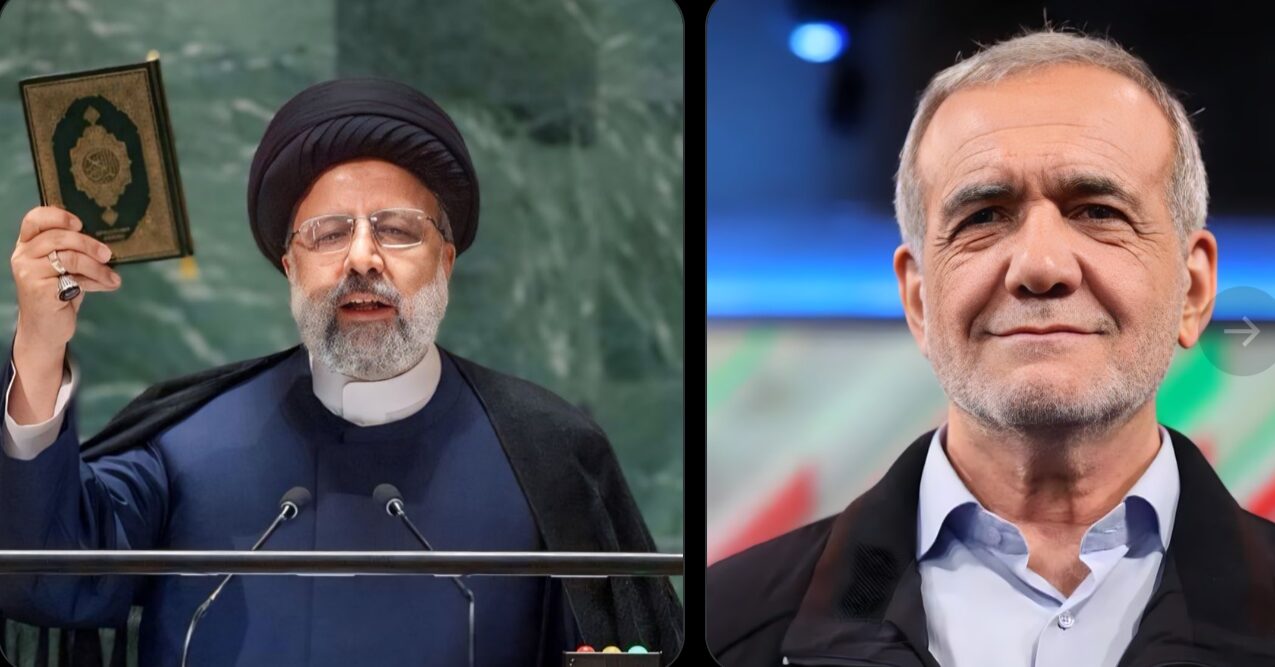
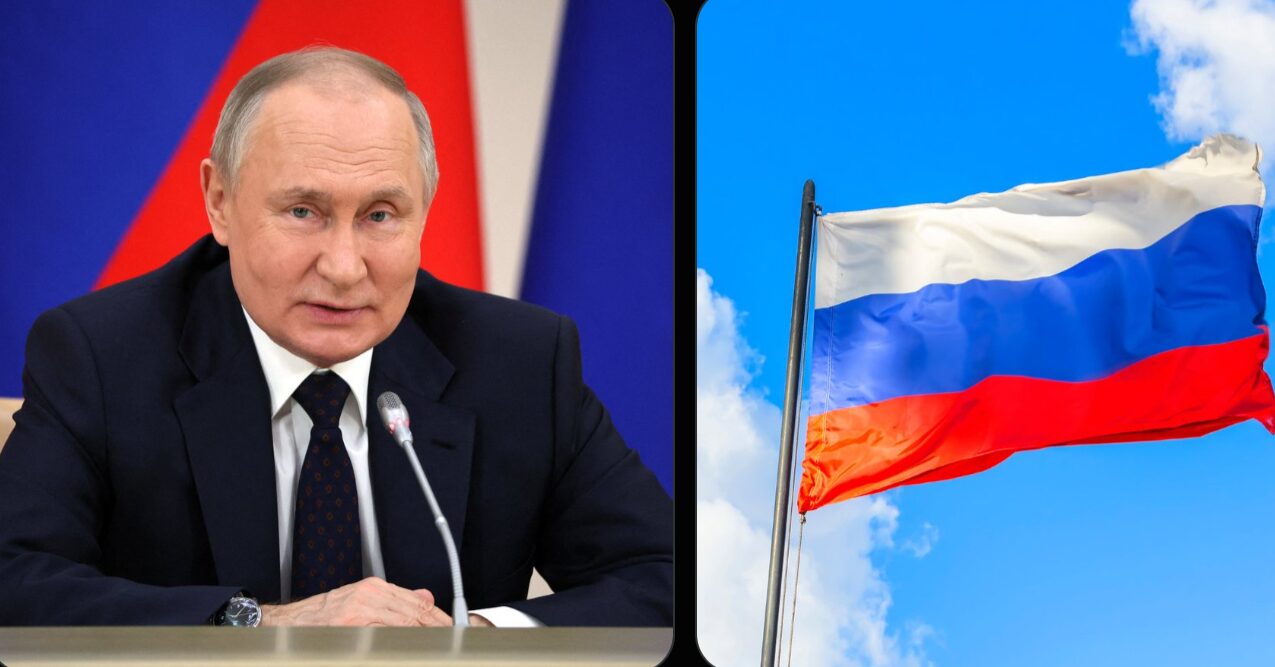
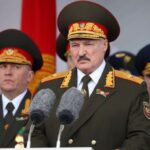


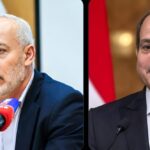



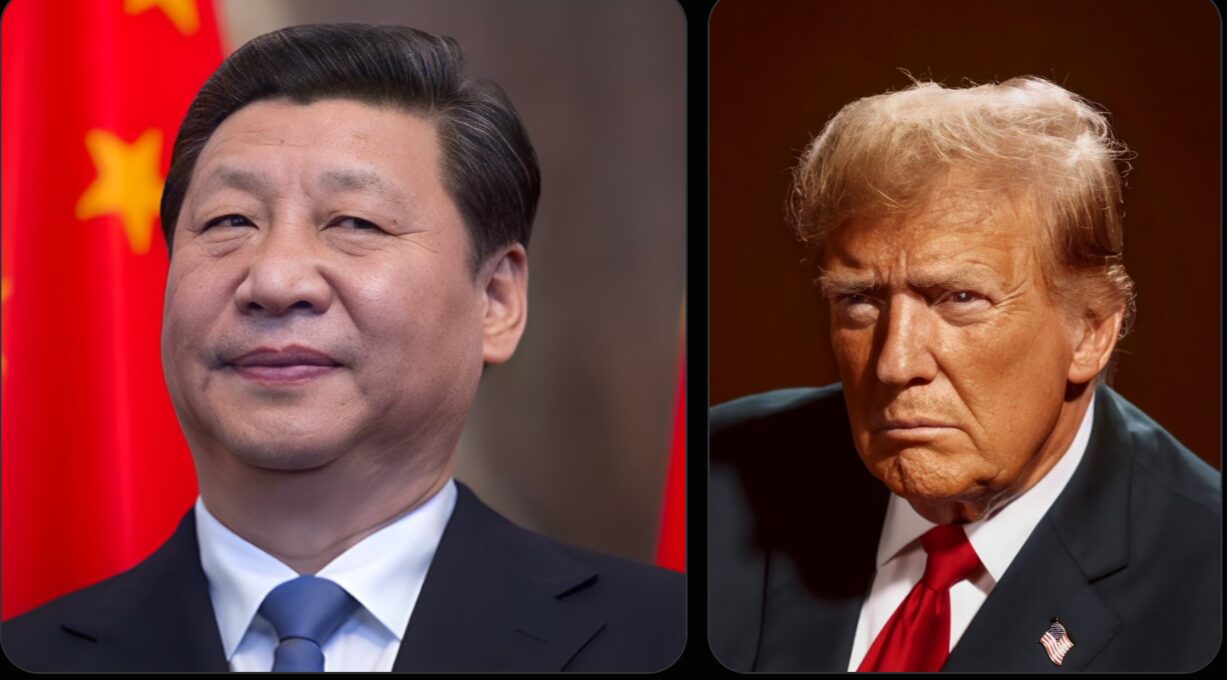
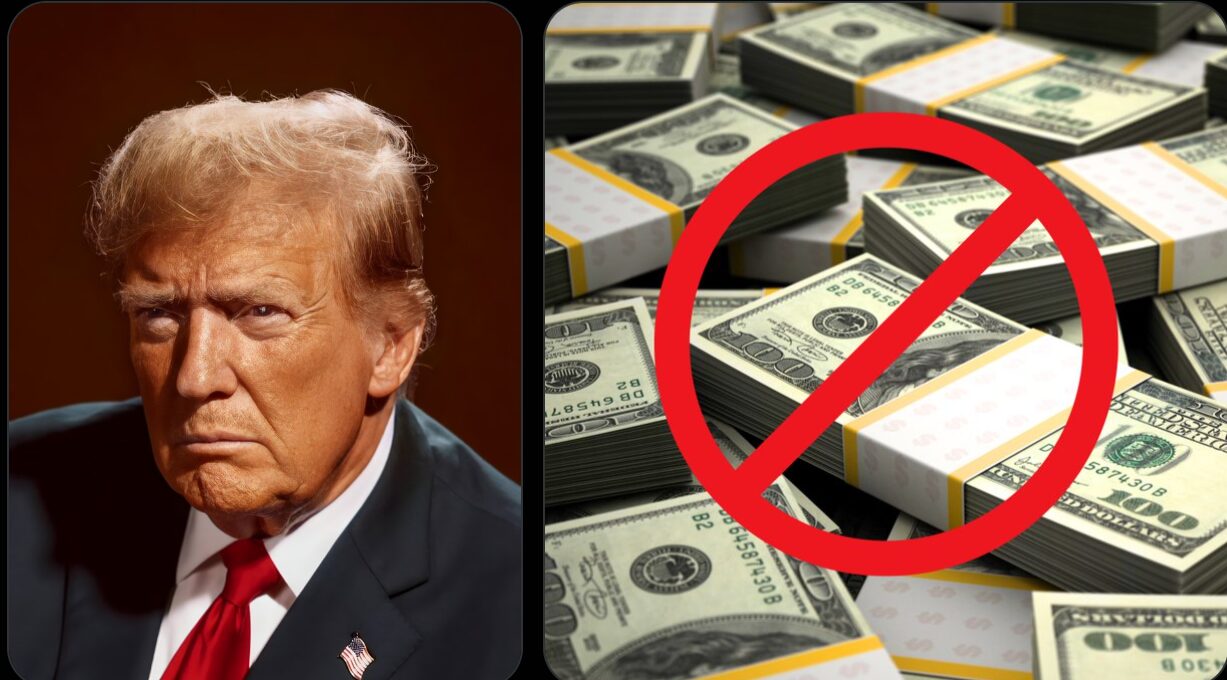

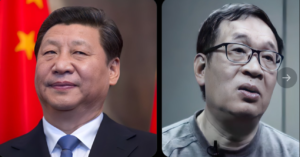
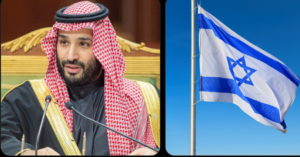
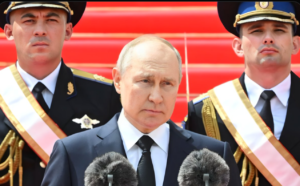
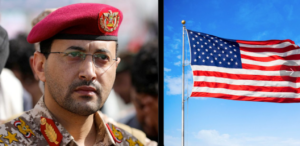

Post Comment